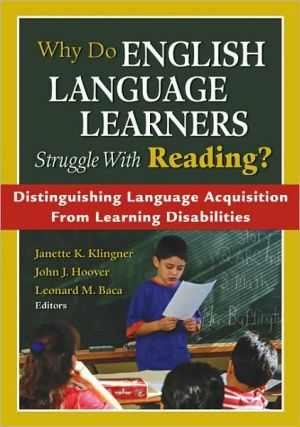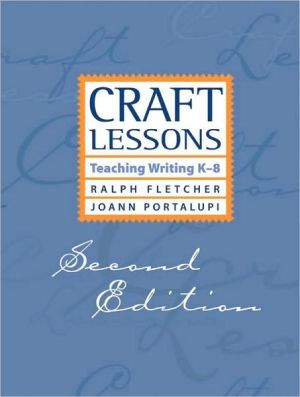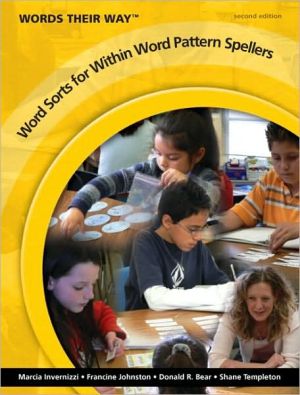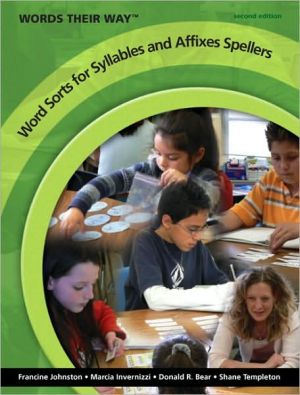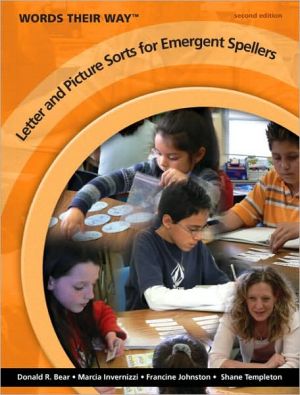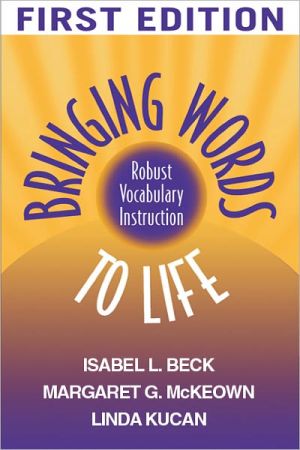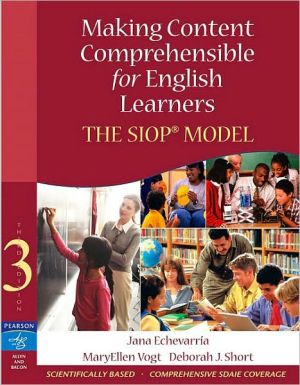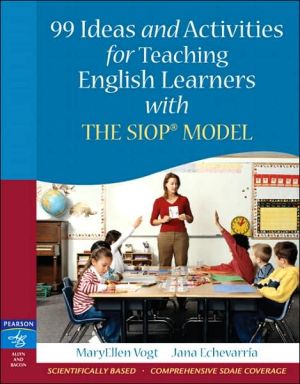Why Do English Language Learners Struggle with Reading?: Distinguishing Language Acquisition from Learning Disabilities
This guide includes assessment techniques, instructional tips, and practical strategies to determine whether reading difficulties in ELLs are related to language acquisition or to learning disabilities.
Search in google:
This guide includes assessment techniques, instructional tips, and practical strategies to determine whether reading difficulties in ELLs are related to language acquisition or to learning disabilities.
PrefaceAcknowledgmentsAbout the EditorsIntroduction 11 Distinguishing Between Language Acquisition and Learning Disabilities Among English Language Learners: Background Information Michael J. Orosco Orosco, Michael J. Estella Almanza de Schonewise de Schonewise, Estella Almanza Carmen de Onis de Onis, Carmen Janette K. Klingner Klingner, Janette K. John J. Hoover Hoover, John J. 5ELL Demographics 6ELLs and Disproportionate Representation 9The Evolving Learning Disabilities Category 11What We Know From Research on ELLs With LD 15Conclusion 162 Misconceptions About the Second Language Acquisition Process Janette K. Klingner Klingner, Janette K. Estella Almanza de Schonewise de Schonewise, Estella Almanza Carmen de Onis de Onis, Carmen Laura Mendez Barletta Barletta, Laura Mendez 17Misconception 1 18Misconception 2 21Misconception 3 23Misconception 4 25Misconception 5 29Misconception 6 30Misconception 7 32Misconception 8 33Conclusion 353 Response to Intervention Models and English Language Learners Janette K. Klingner Klingner, Janette K. Laura Mendez Barletta Barletta, Laura Mendez John J. Hoover Hoover, John J. 37Introducing RTI at Marble Mountain Elementary 38Overview of RTI 38Assumptions Underlying RTI That May Be Problematic With ELLs 42Implementing RTI at Marble Mountain Elementary School 46RTI for English Language Learners 50Summary 504 Helping Classroom Reading Teachers Distinguish Between Language Acquisition and Learning Disabilities Janette K. Klingner Klingner, Janette K. Diana Geisler Geisler, Diana 57The "Five Big Ideas" of Reading 59Oral Language 66Motivation 68Decision Points WhenStudents Struggle With Reading 70Conclusion and a Caveat 735 Data-Driven Decision Making in a Multi-Tiered Model John J. Hoover Hoover, John J. 75Data-Driven Decision Making 76Multi-Tiered Instruction and Prereferral Interventions 77Clarifying Educational Issues in the Decision Making for English Language Learners Struggling in Learning 78Making Accurate Multi-Tiered Data-Driven Decisions 90Summary 916 Considerations When Assessing ELLs for Special Education John J. Hoover Hoover, John J. Laura Mendez Barletta Barletta, Laura Mendez 93ELL Classification Issues and Special Education Eligibility 94Authentic Assessment 104Summary 1077 Conclusion: Putting the Pieces Together Leonard M. Baca Baca, Leonard M. Todd Fletcher Fletcher, Todd John J. Hoover Hoover, John J. 109Introduction 109Practical Applications of Suggested Interventions 111Putting the Pieces Together 115Concluding Thoughts on Future Directions 117References 119Index 133
\ Christine Engel"Tackles the very difficult issue of why ELLs are disproportionately represented in special education and how, as educators, we need to look at our assessments to verify that there is a true need for referral versus a lack of understanding of the language acquisition process."\ \ \ \ \ James Becker"Distinguishing learning disabilities from language acquisition issues has always been difficult. This book is relevant to many educators."\ \ \ Anne Beveridge"We need better assessment strategies to determinelearning disabilitiesin ELL students. This book is highly relevant as not only does it address this issue, but offers practical suggestions and approaches to remedy the problem."\ \
